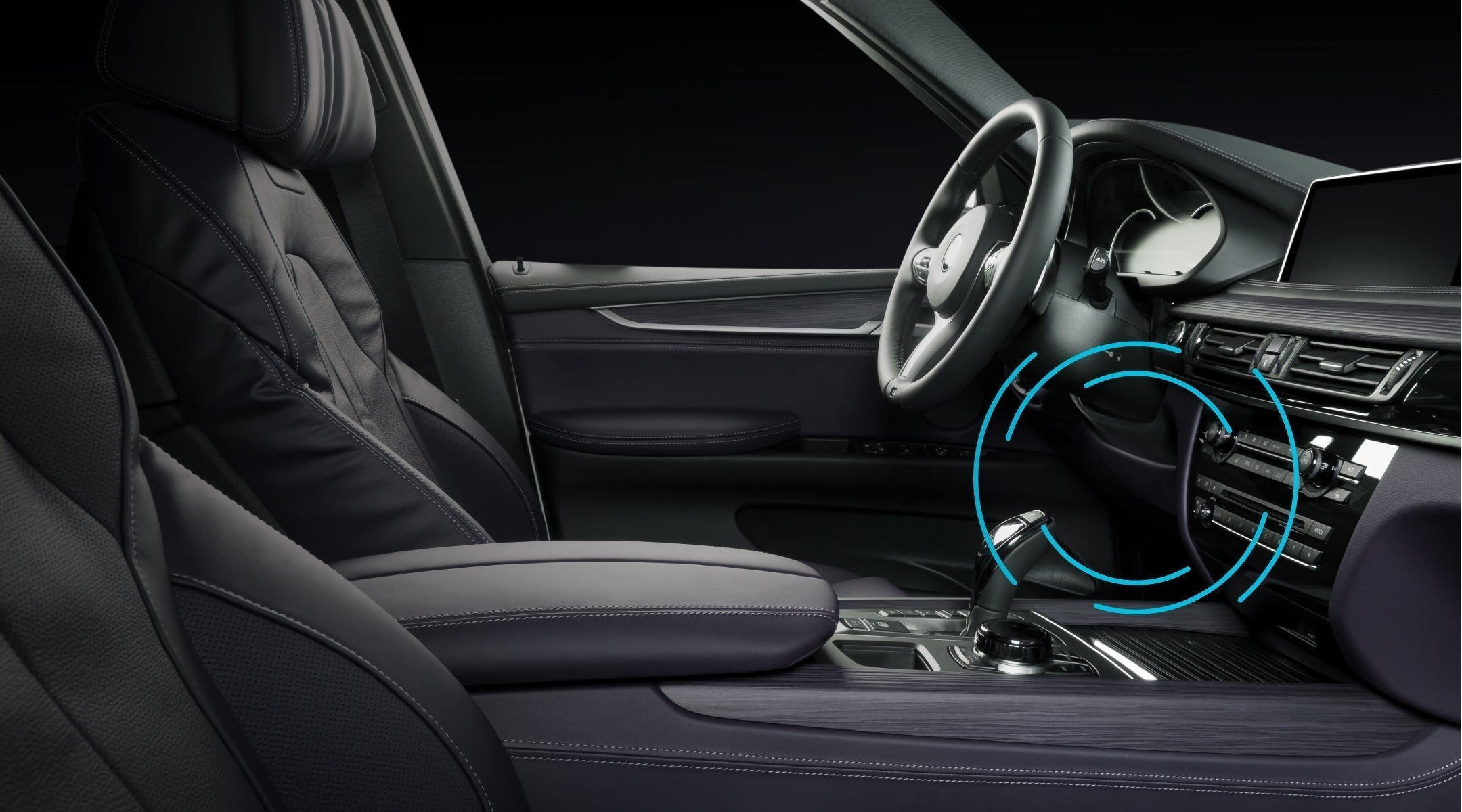OBD ports play an important role in pulling information from your vehicle, such as speed, mileage, and potential mechanical issues. Mechanics use it all the time to diagnose vehicles prior to repair.
But their use goes far beyond addressing problems at the car shop. In fact, there are ways you as a car owner can use an OBD port for your own benefit–no mechanics required. But first let’s cover some basics before you start shopping for a GPS tracker:
What is an OBD port?
OBD stands for “on-board diagnostics,” which refers to a vehicle’s self-diagnostic reporting capabilities The OBD port is the actual connection point that is used to plug in various diagnostic or control devices and gain access to the vehicle’s subsystems. OBD ports were first introduced in the early 1980s as a form of on-board vehicle computer.
The original OBD ports (now referred to as OBD1) only monitored emissions control systems. OBD2 systems, on the other hand, monitor a wider range of systems like engine and emission controls, transmission, ABD, and airbags. All vehicles sold in the United States are required to have OBD2 systems.

Where is the OBD port?
Older models of cars had OBD ports in all sorts of different places–under the steering wheel, under the handbrake, or even in the center of the console. Most modern cars have now standardized the placement underneath the steering wheel–although there are models that still place it in different locations.
What are OBD ports used for?
OBD ports have a number of potential uses–both for mechanics and car owners alike.
1. Reading stored DTCs
As we mentioned before, mechanics use the OBD port to scan for DTCs that could potentially help them fix a vehicle or prevent further damage. The cars ECU or electronics control unit would detect a problem, like say a spark plug misfiring, and then store that information and eventually send it to the OBD reader/scanner.
2. Extract car performance data
OBD ports can be used to get data on engine performance like RPM, engine temperature, throttle position, and coolant temperature. Both mechanics and owners can benefit from this information as they diagnose a vehicle’s issues.
3. Car modifications
Mechanics and mechanically-inclined car owners can use the OBD port to modify engine parameters like shift points, which can allow for quicker gear changes, improve acceleration, and increase throttle responsiveness.
It should be noted that these steps should always be done by someone with experience and technical knowledge, as it’s very easy to cause significant engine damage if the car is modified improperly.
4. Create a Wi-Fi hotspot
There are OBD adapters that can act as an in-vehicle Wi-Fi hotspot. These are often multifunction devices that scan your car’s diagnostic info while also generating a hotspot for other Wi-Fi enabled personal devices.
5. Track your vehicle’s location
Spytec offers an OBD GPS tracker that plugs directly into the OBD port. It uses GPS satellite technology to triangulate the car’s location and send data directly to a smartphone or desktop app.
Families have used this tracking technology to keep track of teen drivers. The parents know where the vehicle is at all times, and they can set up geofenced locations that can alert them any time the teenager breaks the speed limit in that area.
Some insurance companies will offer clients a discounted premium if they install an OBD tracker on their vehicle and agree to share the data with the provider. Useful for saving on costly car insurance!
Car owners have also used GPS trackers as an anti-theft device–although for those cases it might be better to use the Spytec Mini, which has a magnetic case that can attach to the underside of the car–a much more discreet spot.
What’s the difference between an OBD code reader, an OBD scanner, or an OBD adapter?
An OBD code reader, OBD scanner, and OBD adaptor are all functionally the same thing: they connect to the OBD port and then read the diagnostic trouble codes (DTC) that the engine’s computer relays.
The difference lies between how much they can read, what they can do with it, and how user-friendly it is.
An OBD code reader is relatively simple. It can read and display the most common DTCs, and sometimes clear DTCs when they’re triggered–kind of like clicking “ok” or “close” when your laptop gives you an error message.
An OBD scanner or scan tool is far more capable. It can read a larger number of codes and can provide the user with troubleshooting information. Advanced scan tools can even record and play back live vehicle data for more effective diagnosis.
The OBD adapter acts like a bridge between the car’s OBD port and whatever device is on the other end, whether that’s a smartphone app or a desktop application. GPS trackers for vehicles like Spytec’s OBD GPS tracker is a form of OBD adapter.
Need to know if the OBD GPS Tracker is right for you? Consult our 2025 GPS Tracker Buyer's Guide.


Share:
Renting vs. Owning Equipment: Which is Right for Your Construction Business?
How to Track a Bike with GPS